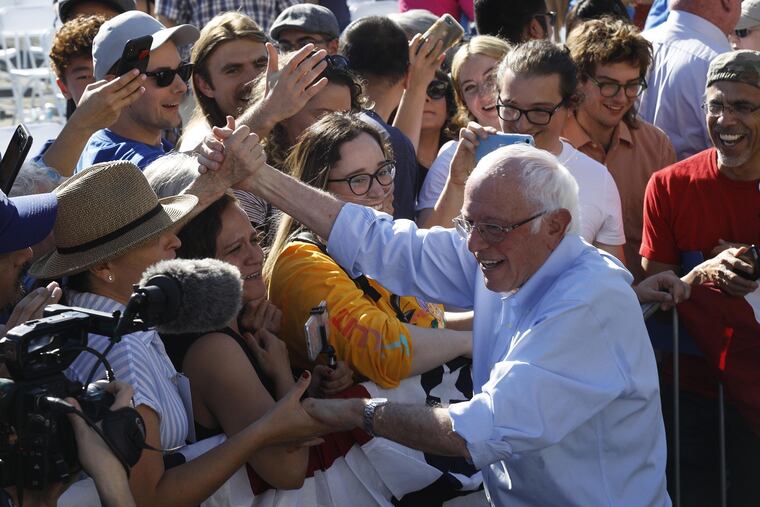Bernie Sanders is on the Trump track to the White House. Here’s why he’s not a ‘leftist Trump.’ | Will Bunch
Like Trump in 2016, Bernie Sanders defies pundits and party elites by surging in Dem primaries. But here's why Bernie isn't "leftist Trump."

Like Trump in 2016, Bernie Sanders defies pundits and party elites by surging in Dem primaries. But here's why Bernie isn't "leftist Trump."
